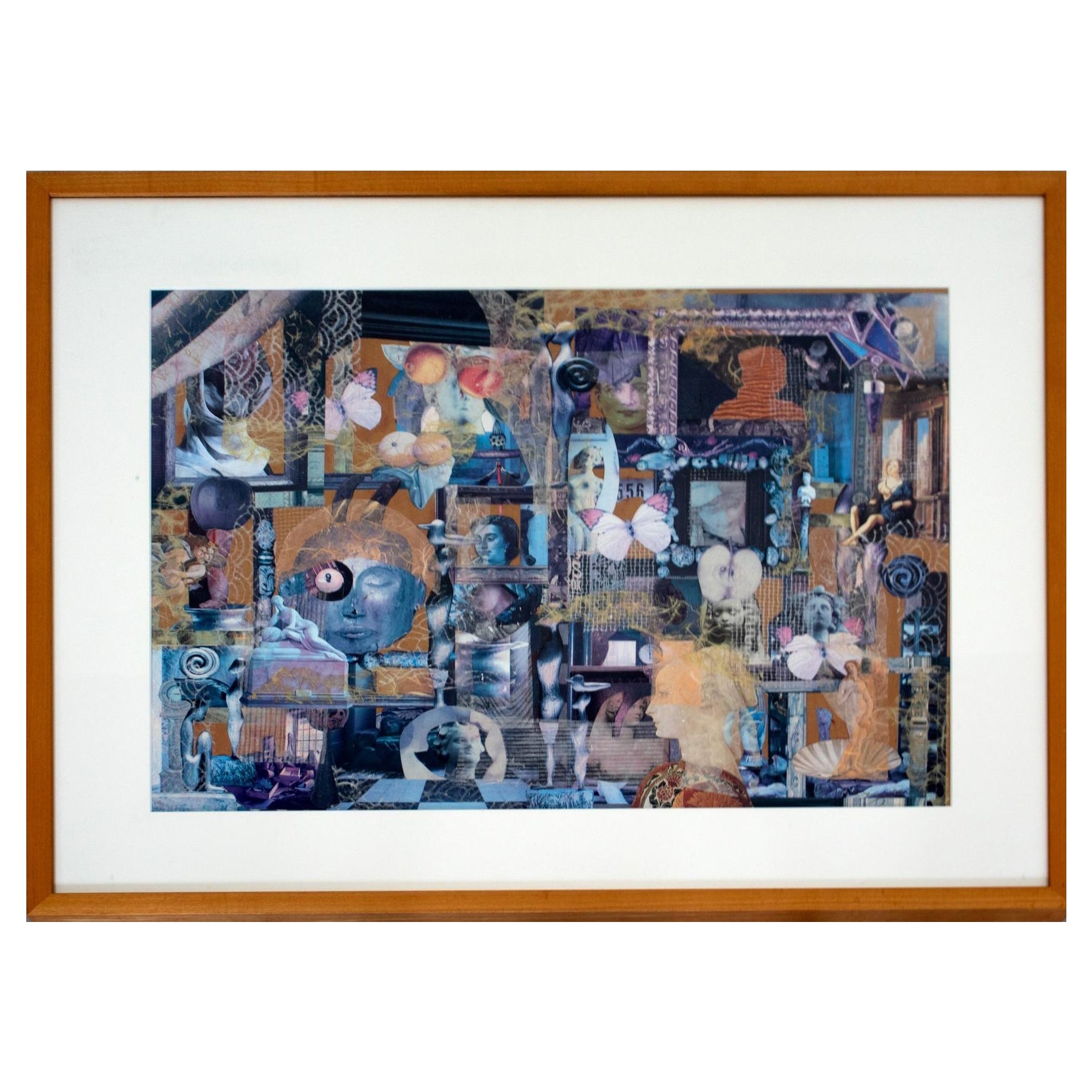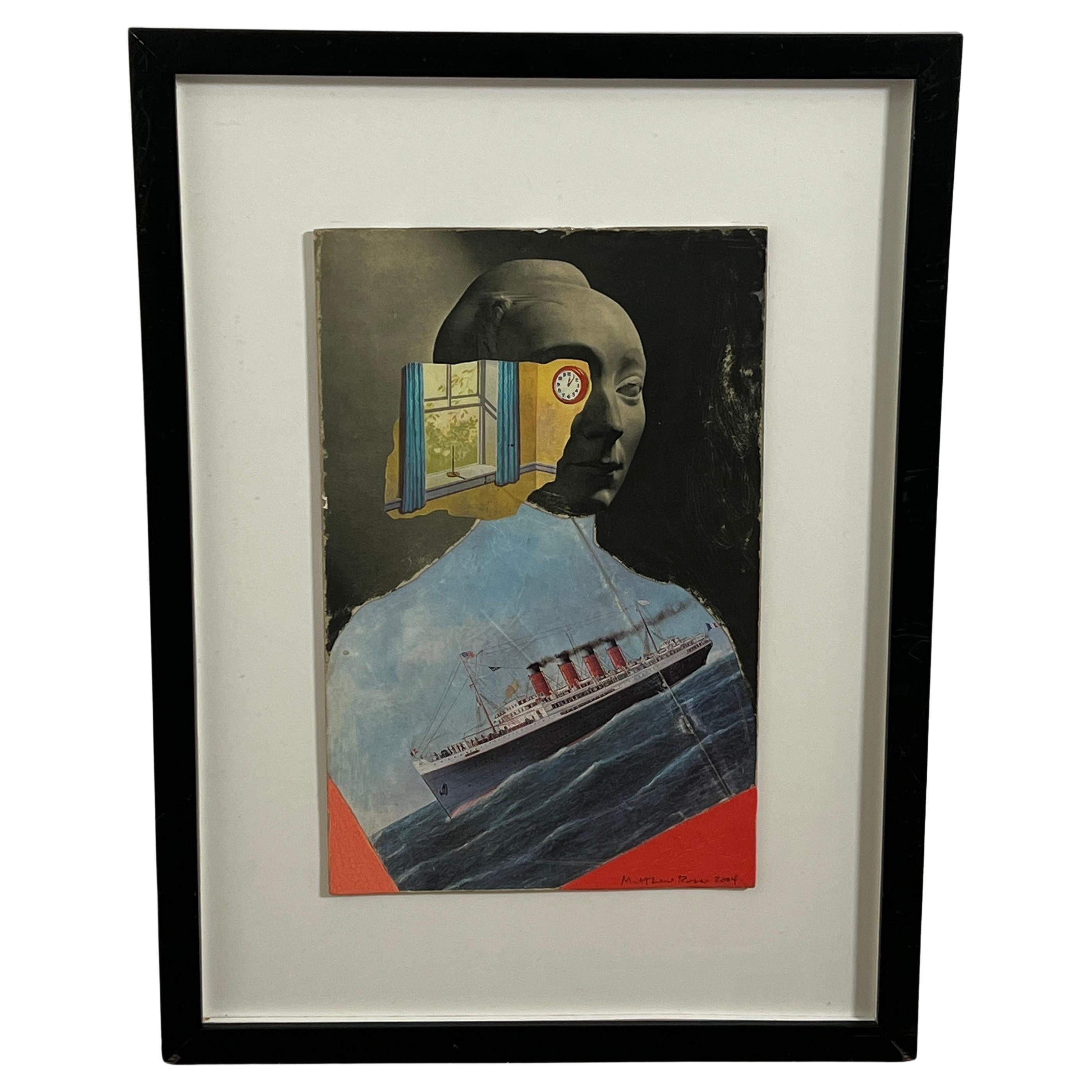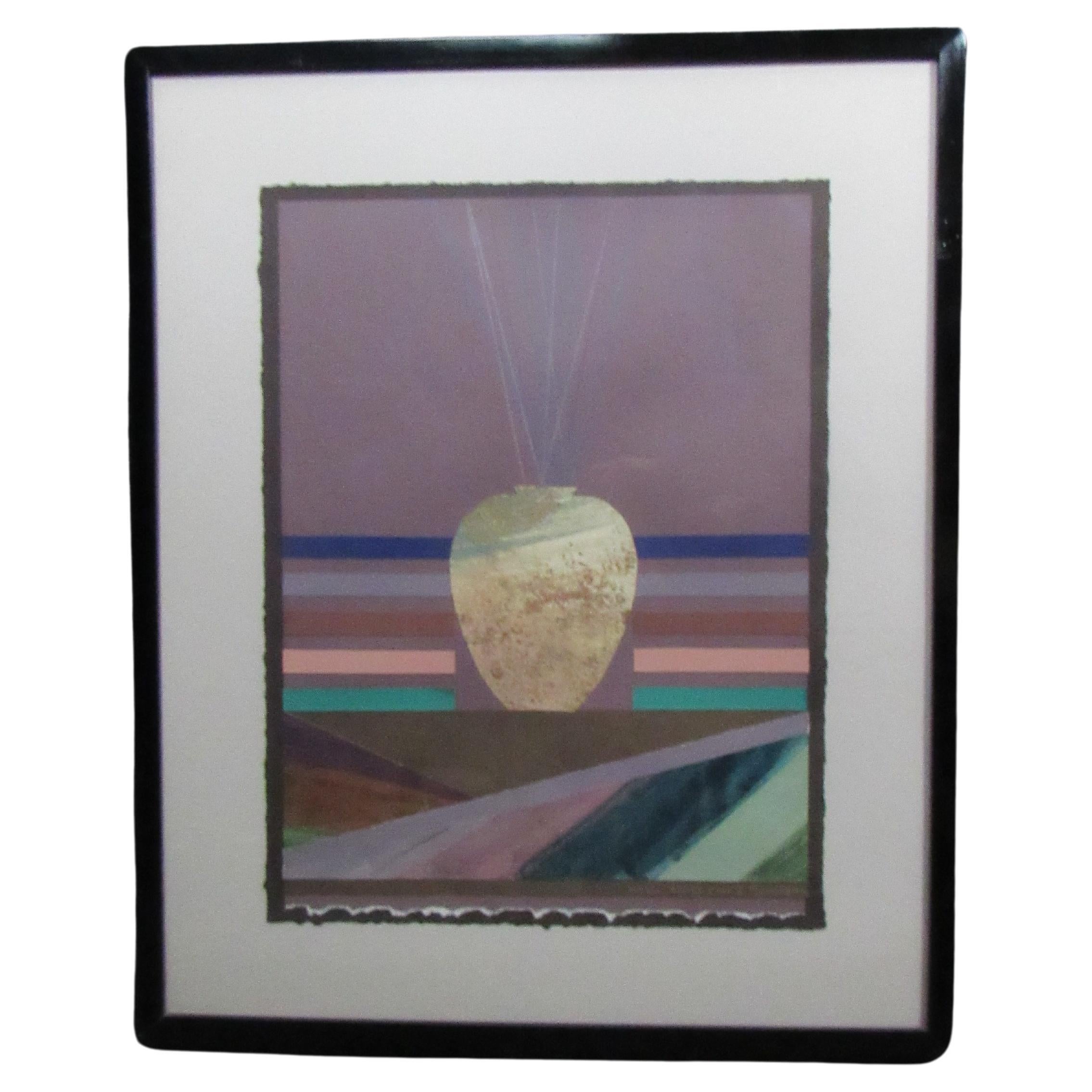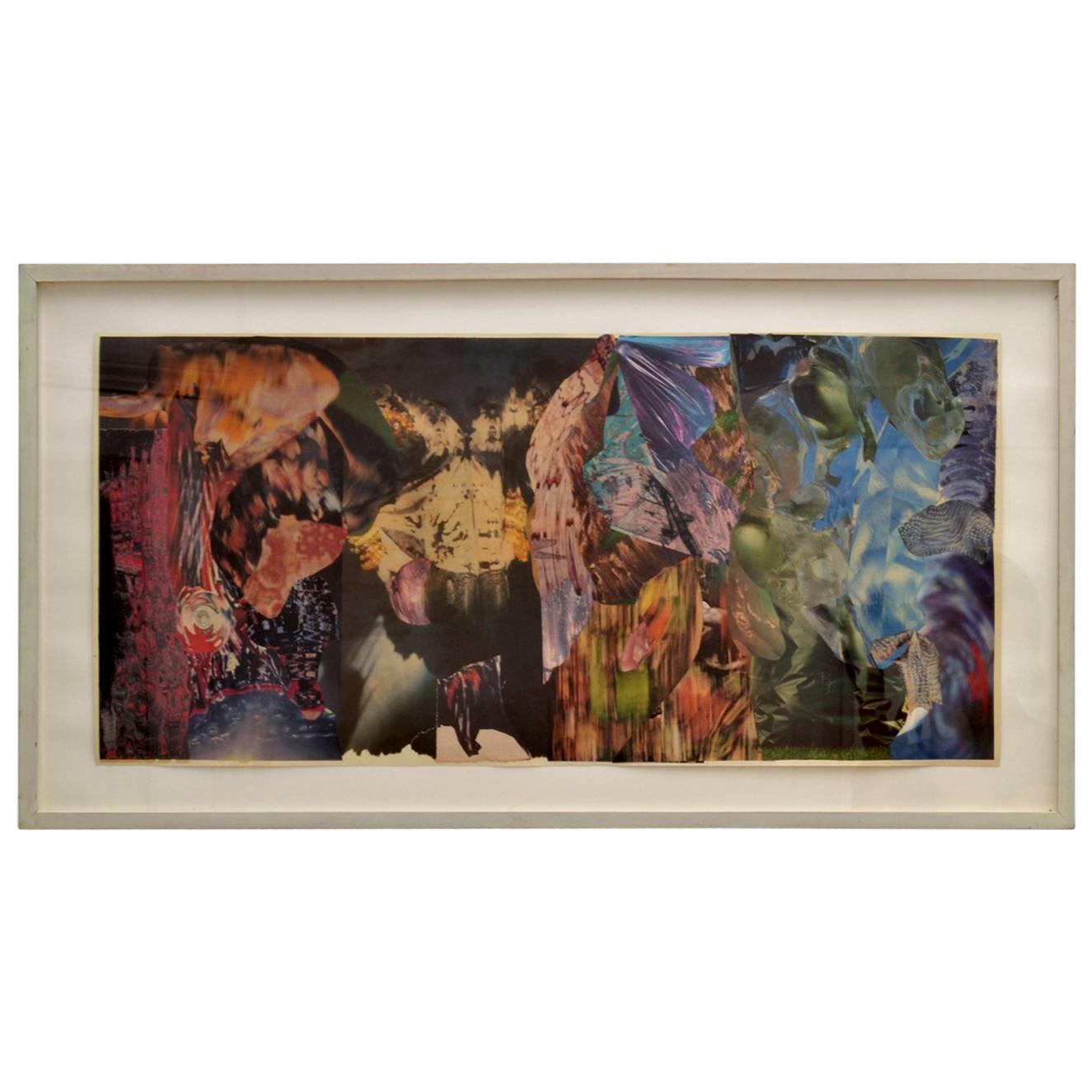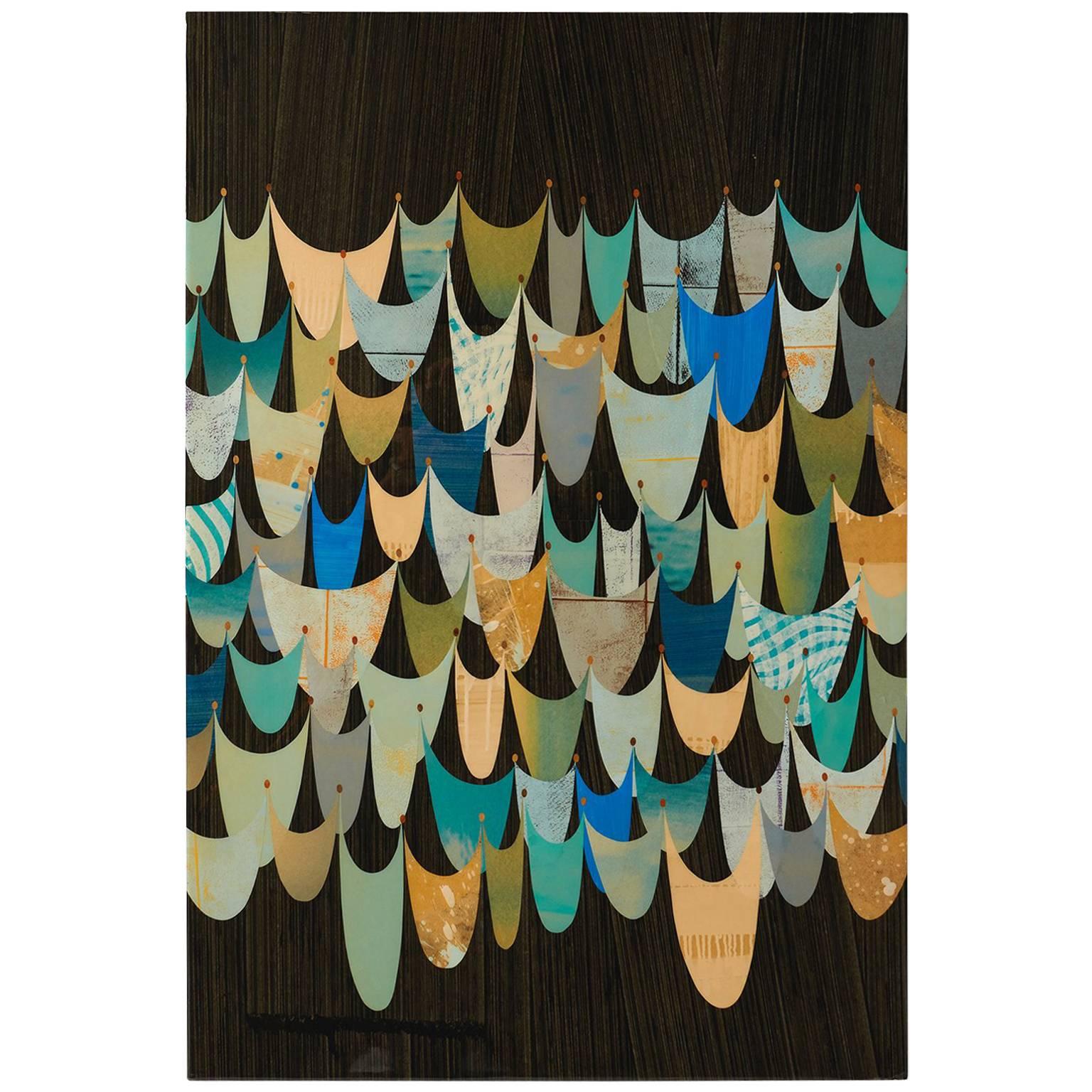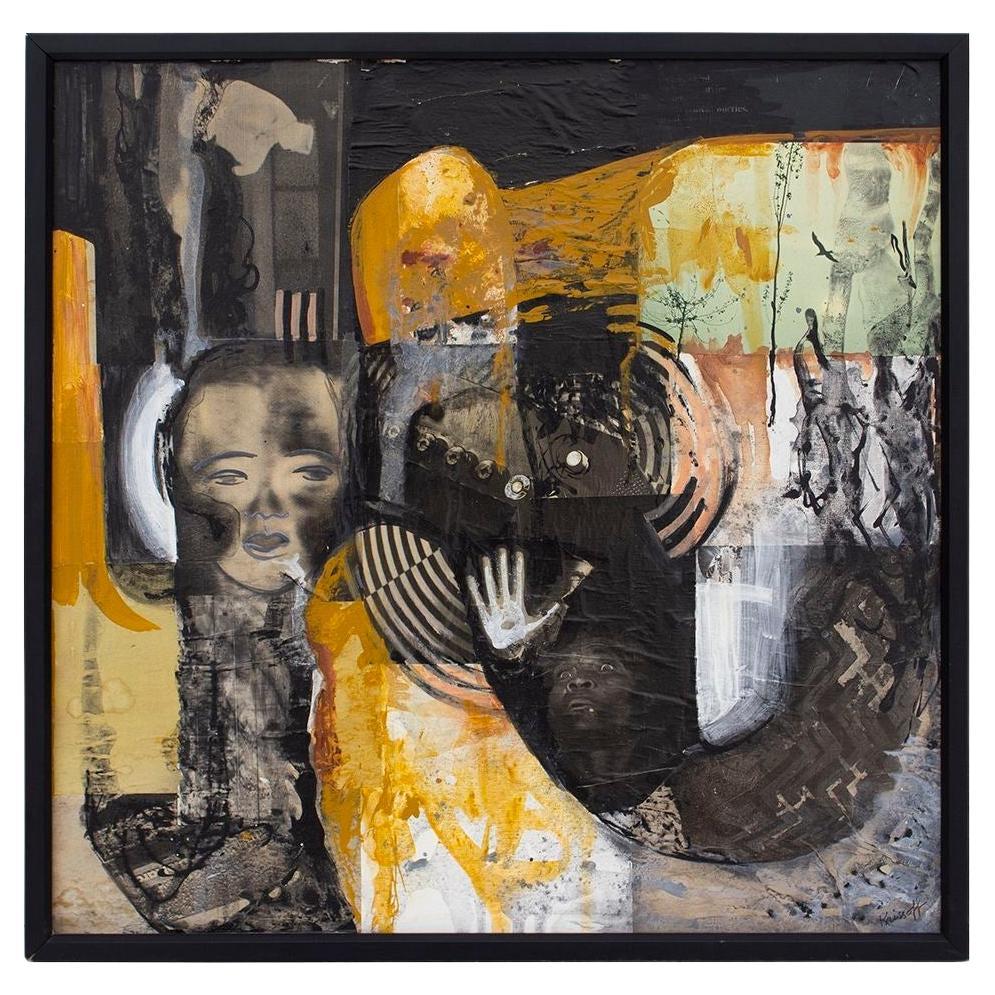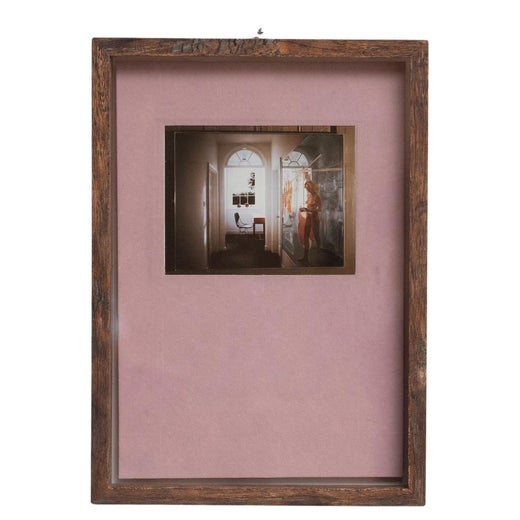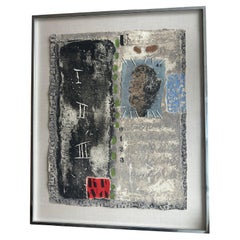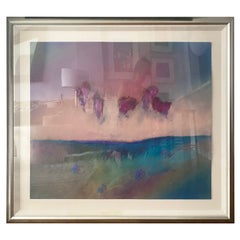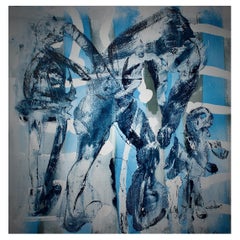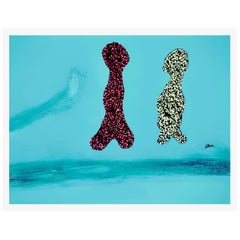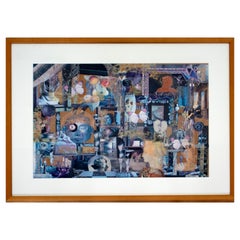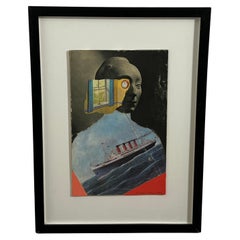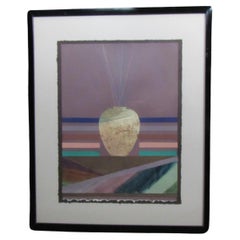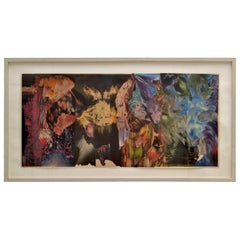Hilary Opperman Mixed Media Collage: "Angels upon Us"
About the Item
- Creator:Richard Hamilton (Artist)
- Dimensions:Height: 44 in (111.76 cm)Width: 33 in (83.82 cm)Depth: 2 in (5.08 cm)
- Style:Modern (In the Style Of)
- Materials and Techniques:
- Period:
- Date of Manufacture:2019
- Condition:
- Seller Location:New York City, NY
- Reference Number:1stDibs: LU5191144528562
Richard Hamilton
Richard Hamilton was born in Pimlico, London on February 24, 1922. He did an apprenticeship for an electrical components firm, during which time he began to take evening classes at Saint Martin’s School of Art and the Westminster School of Art.
In 1938, Hamilton enrolled in the Royal Academy of Arts. His studies here were unfortunately cut short the following year as he joined the army as a technical draughtsman for the duration of World War II. Following the war, Hamilton spent two years at the Slade School of Art, University College, London.
Hamilton began to exhibit his art at the Institute of Contemporary Art (ICA), and taught at the Central School of Art and Design from 1952. The first major exhibition of Hamilton’s paintings was shown at the Hanover Gallery, London in 1955. In 1993, Hamilton represented Great Britain at the Venice Biennale and was awarded the Golden Lion. He has been the subject of several major exhibitions at Tate in London, notably in 1970 and 1992. Other retrospectives include at the Solomon R. Guggenheim Museum in New York in 1973, MACBA in Barcelona, Museum Ludwig in Cologne and the Neue Nationalgalerie in Berlin.
In 2010, the Serpentine Gallery presented Hamilton’s work “Modern Moral Matters,” an exhibition which largely focused on Hamilton’s political and protest works. Hamilton has been showcased in the Minneapolis Institute of Art’s “Richard Hamilton: Pop Art Pioneer 1922-2011,” and the National Gallery’s “Richard Hamilton: The Late Works” opened in 2012.
Hamilton has been awarded with the John Moores Painting Prize (1969), the Talens Prize International (1970), the Leone d’Oro (1993), the Arnold Bode Prize (1997) and has been made a Member of the Order of the Companions of Honour (CH) in 2010. The Tate gallery in London has the largest repository of Hamilton’s work, but he is collected worldwide including at the Alan Cristea Gallery and the Museo Ncional Centro de Arte Reina Sofía.
Find authentic Richard Hamilton prints and other art on 1stDibs.
(Biography provided by Shapero Modern)
Farrago Design Inc
- ShippingRetrieving quote...Shipping from: New York, NY
- Return Policy
More From This Seller
View AllVintage 1970s Paintings
Thread, Paper
1990s Paintings
Acrylic, Paint, Paper
2010s Paintings
Acrylic
2010s Paintings
Acrylic
2010s Paintings
Acrylic
2010s Paintings
Acrylic
You May Also Like
1990s Paintings
Paper
Early 2000s French Modern Paintings
Paint, Paper
20th Century American Modern Contemporary Art
Glass, Paper
1990s British Contemporary Art
Wood, Paper
21st Century and Contemporary American Modern Contemporary Art
Resin, Wood, Paper
1990s American Steampunk Contemporary Art
Canvas, Wood, Paper
